
Richard Augustus Zimmermann, genre and landscape painter, was born in Zittau in 1820.

Richard Augustus Zimmermann, genre and landscape painter, was born in Zittau in 1820.
Zimmermann was the son of the impresario Karl Friedrich August Zimmermann, and his three brothers, Albert, Max, and Robert, have all been well-known painters. He was a pupil of the first, and in 1838 followed him to Munich, devoting himself, in opposition to his advice, to landscape painting instead of history. The change, however, proved successful, and his winter landscapes, forest and mountain views, village sketches, and sea pieces became popular. In his later period he adopted the style of Berchem. He retired for a time to Prague, where he worked for a goldsmith. He died after a short illness in 1875. [1]
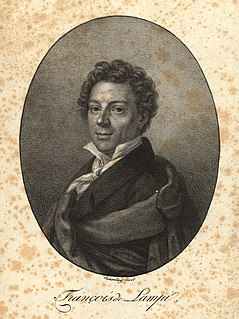
Franciszek Ksawery Lampi, also known as Franz Xaver Lampi, was a Polish Romantic painter born in Austria of ethnic Italian background. He was associated with the aristocratic circle of the late Stanisław II Augustus, the last Polish king before the foreign partitions of Poland. Lampi settled in Warsaw around 1815 at the age of 33, and established himself as the leading landscape and portrait artist in Congress Poland soon after Napoleon's defeat in Russia.

Marcello Bacciarelli was a Polish-Italian painter of the late-baroque and Neoclassic periods.

Pietro Paolo Bonzi, also known as il Gobbo dei Carracci or il Gobbo dei Frutti, was an Italian painter, best known for his landscapes and still-lifes. A cartoon of the painter shows his highly deformed lordotic posture.

Johann Baptist von Lampi the Elder was an Austrian-Italian historical and portrait painter. He settled in the Russian Empire after the third and final partition of Poland, enticed by an extremely generous offer from the Tsar.
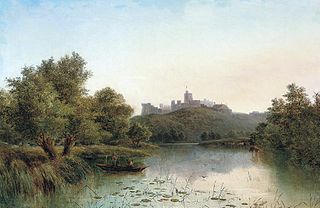
George Augustus Williams was an English landscape painter during the Victorian era, and a member of the Williams family of painters.

Clemens von Zimmermann was a German historical painter. He is associated with the Düsseldorf school of painting.
August Maximilian Zimmermann, painter and lithographer, was born at Zittau, in Saxony on 7 July 1811. His father, the impresario Karl Friedrich August Zimmermann, brought him up as a musician, but in his leisure he practised lithography. At the age of twenty-three he abandoned music to devote himself entirely to lithography, and joining his brother Albert in Munich, studied drawing under his direction. He finally took to landscape painting, which he practised with some success. His subjects were chiefly forest scenes, studies of trees, and the like. The Neue Pinakothek at Munich has three of his pictures. He died at Munich in 1878.
August Robert Zimmermann (1815–1864), a landscape painter, was born at Zittau. Among his pictures are The Innthal, near Kufstcin, and a Waterfall, both dated 1863. He died at Munich. He was the brother of painters Albert, Richard, and Max Zimmermann.

John Byrne (1786–1847) was an English painter and engraver. He came from a family of artists and he lived with his sister Elizabeth Byrne who also exhibited her landscapes.

Richard Cook was an English artist.

Richard Corbould was an English artist, sometimes misspelt "Corbold".
Robert Crone was an Irish painter who studied with Richard Wilson in Rome.
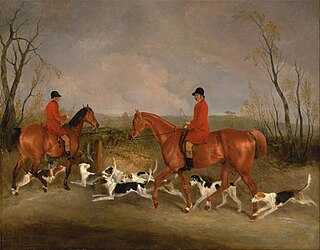
Richard Barrett Davis (1782–1854) was an animal and landscape painter.

Alexander Day was a miniature painter and art dealer. Born in Britain, he worked chiefly in Rome.

Adriaen van Diest (1655–1704) was a Dutch painter, who worked in England.
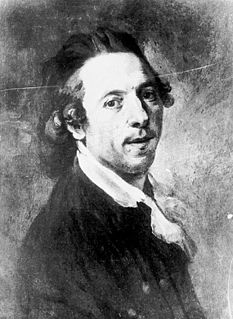
Johann Georg Edlinger was an Austrian portrait painter.
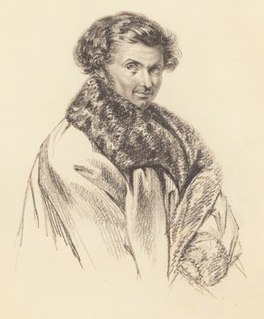
Johann Christian Michel Ezdorf or Etzdorf (1801–1851), a German landscape painter, was born at Pösneck, in the duchy of Saxe-Meiningen. He studied landscape painting in Munich and its environs, and displayed an especial talent in representing gloomy forests, taking as his models the works of Ruisdael and Van Everdingen. He visited Norway, the North Cape, Sweden, Iceland, and England. One of his best paintings is in the Modern Gallery at Munich; it represents a Forge by the side of a Waterfall. He died at Munich in 1851.

The Williams family of painters, also known as the Barnes School, is a family of prominent 19th-century Victorian landscape artists known for their paintings of the British countryside, coasts and mountains. They are represented by the artist Edward Williams (1781–1855), his six sons, and several grandchildren.

Jean-Baptiste Forest was a French landscape painter.

Jean-Bruno Gassies (1786–1832), a French historical and genre painter, was born at Bordeaux.